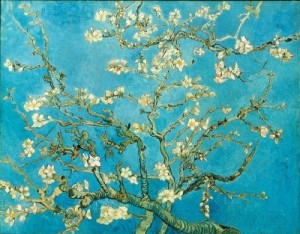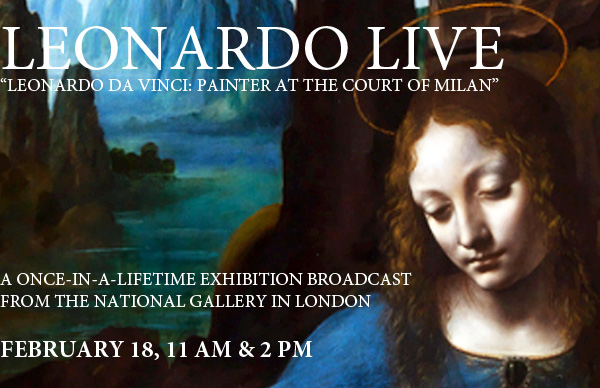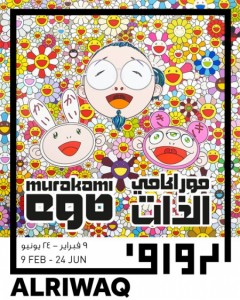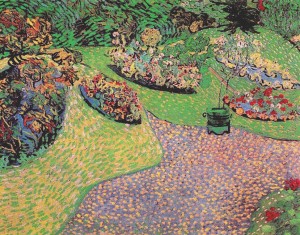Any golfers out there? If so, you may be intrigued by an exhibition that opened at the High Museum in Atlanta early this month. Called “The Art of Golf,” it’s a product of the High’s long-term partnership with the National Galleries of Scotland, and it’s a natural.
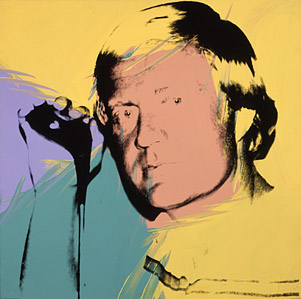 It’s also timely, as it’s almost spring, and of course the Masters Tournament will be getting underway in early April in Augusta, Ga. — about 150 miles away.
It’s also timely, as it’s almost spring, and of course the Masters Tournament will be getting underway in early April in Augusta, Ga. — about 150 miles away.
The exhibit brings together about 90 works— some serious, some whimsical and some rare — to illustrate 400 years of golf history. A surprising number of artists have taken on the subject — including Andy Warhol, whose 1977 portrait of Jack Nicklaus is pictured, right – and I have a short article in tomorrow’s Wall Street Journal with more detail about the show.
Although there is absolutely no mention of this in the exhibition public billing or press release, I see this as a canny way to attract men to the High on the theory that once they’re in, they may look around and see more that they like. And then they will return. (I’ve written about the male gap in arts participation here.)
Rand Jerris, an official of the United States Golf Association, told me that there is even more material out there on the subject. The USGA has its own museum, which it says includes works of art as well as many artifacts and photographs. Jerris told me that there’ve been other efforts to do this kind of show in the past, but that most museum turned up their noses at the idea. Â
The High show, with art coming from the Scottish galleries, may have a higher proportion of “fine” art, though. Even so, the first word I got about this show, last fall, came with the thought that it would make a national tour. So far, only the Museum of Fine Arts in St. Petersburg, FL, has signed on.
Photo Credit: Courtesy of the High Museum

